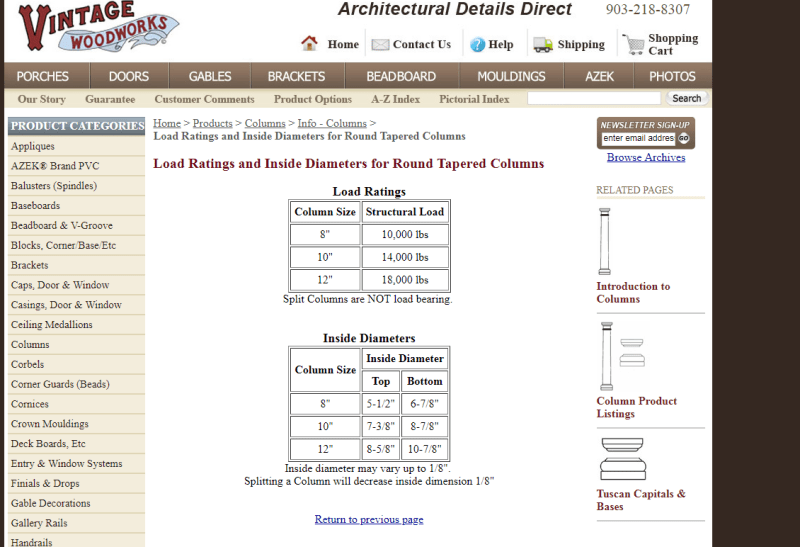BS2
Structural
- Feb 10, 2012
- 65
I have come across existing architectural wood columns which are hollow and tapered slightly. They are approximately 9" in diameter and consist of 12 individual "studs" glued together. How would I go about verifying the load bearing capacity? I was thinking that it could be approximated by four 2x4's in a square arrangement that each brace each other.
The required loading is approximately 4,200 lbs and the columns are approximately 9' tall. There is a column base and capitol which I would add blocking to in order to evenly distribute the load. Any help you are able to give would be appreciated!
The required loading is approximately 4,200 lbs and the columns are approximately 9' tall. There is a column base and capitol which I would add blocking to in order to evenly distribute the load. Any help you are able to give would be appreciated!



